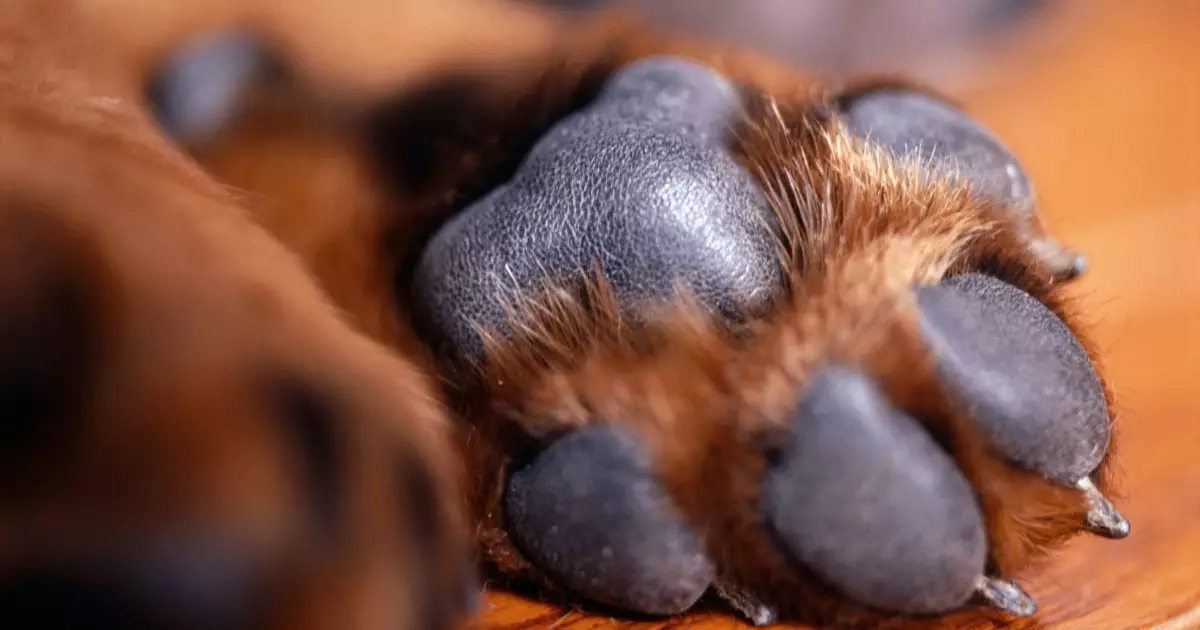When it comes to cherishing the memories of our beloved dogs, capturing their paw prints serves as a beautiful and sentimental gesture. Whether you’re considering adding a personal touch to your holiday cards, creating a unique piece of art, or memorializing a cherished pet, the paw print holds sentimental value that transcends time. However, embarking on the journey to capture these prints requires more than just enthusiasm; it necessitates an understanding of your dog’s comfort and the appropriate techniques for obtaining those precious imprints.
One crucial aspect that often goes overlooked is the emotional well-being of your dog during this process. Before attempting to take a paw print, it’s essential to gauge your dog’s comfort. Forcing your dog into a situation that makes them anxious can lead to distress for both you and your pet. To facilitate a calm environment, entice your furry friend with treats and engage in gentle petting or massaging of their paws. Such interactions not only help alleviate nervousness but can also help build trust during the experience.
If your dog has had negative experiences with paw handling in the past, consider setting the tone with gradual exposure. Start simply by handling their paws in a casual setting, associating it with positive reinforcement. This familiarity can pave the way for a smoother print-making process.
Once you’ve established a comforting atmosphere for your dog, it’s time to consider the materials you’ll need to capture their paw prints. Various commercially available dog paw print kits are designed specifically for this purpose, providing an easy and user-friendly approach. However, for those who enjoy a DIY spirit, making paw prints at home can turn into a delightful bonding activity. Begin by ensuring your dog’s paws are clean—simply wipe them down with a moist towel. It’s crucial to avoid any additional stress if you notice cuts or injuries; your dog’s safety is paramount.
When it comes to the actual material for making your paw prints, safety is key. Non-toxic, child-safe paints are an ideal choice, as they are easier to clean and pose no risk to your dog. Water-based or tempera paints work marvelously for this task, providing vibrant results while ensuring peace of mind. Once you have the materials, dip your dog’s paw gently into the paint and press it onto sturdy paper, lifting straight up to avoid smudging.
For those looking for something more lasting, consider using modeling dough as a medium for imprint creation. A simple mixture of one cup flour and one cup salt, combined with enough water to create a kneadable dough, can serve this purpose well. Cover the dough with wax paper, and press your dog’s paw into it gently. Once the print is made, you can bake this mixture at a low temperature—around 200 degrees Fahrenheit—for two to three hours. Just ensure you check regularly to prevent cracking.
As an alternative, consider using archival ink, which can produce high-quality prints that withstand the test of time. Many companies manufacture dog-friendly ink kits, so you can create prints that are not only beautiful but lasting.
Final Touches and Preservation Tips
After obtaining your designs, cleaning your dog’s paws is a vital step. You want to ensure that they are comfortable and that any paint or material is washed off promptly. Additionally, if you took multiple prints, consider grouping them together in a decorative frame or creating a decorative plaque to showcase these remembrances artistically.
The journey of capturing your dog’s paw prints is more than just a creative task; it is a heartfelt experience that can deepen your bond with your pet. Whether you ultimately choose to create a loving memento, a piece of art, or something entirely unique, crafting these paw prints provides an opportunity to cherish the relationship you have with your furry friend. In this way, their paw prints become not just marks of existence, but a celebration of the joy they bring into your life.

